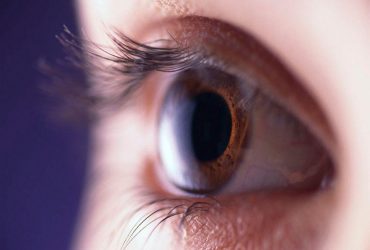Difference in heritability estimated at 11.3 percent, with higher heritability for males than females
Differences in motor skills, sensory and autism features, but not ADHD features, impact daily living skills in children with autism
However, adults with ADHD score lower than those with autism on total camouflaging and subscales
In children with ASD, ADHD, sleep problems partially mediate the association between symptoms and communication
Prenatal exposure may impact development of autism spectrum disorder in first five years
Machine learning analyses of preceding changes in peripheral physiology can predict behaviors before they occur
In a recent study, models had mean AUROC, sensitivity, and specificity of 1.00 for ASD screening
Increased risk for ASD seen for children born to individuals with subfertility, following OI or IUI, and after IVF or ICSI
Rates of autism diagnosis also higher for children of mothers from racial minority groups
Autism not diagnosed in one in four study-confirmed individuals with autism spectrum disorder











